Deep within the shadowy recesses of Upper Paleolithic caves, ancient artists left behind a legacy of mesmerizing paintings and engravings. Amidst these artworks, evidence suggests the participation of an unexpected group: young children. Handprints, footprints, and finger flutings attributed to individuals as young as two years old adorn the walls of these subterranean galleries. This observation raises a compelling question: What role did children play in the creation of prehistoric cave art?
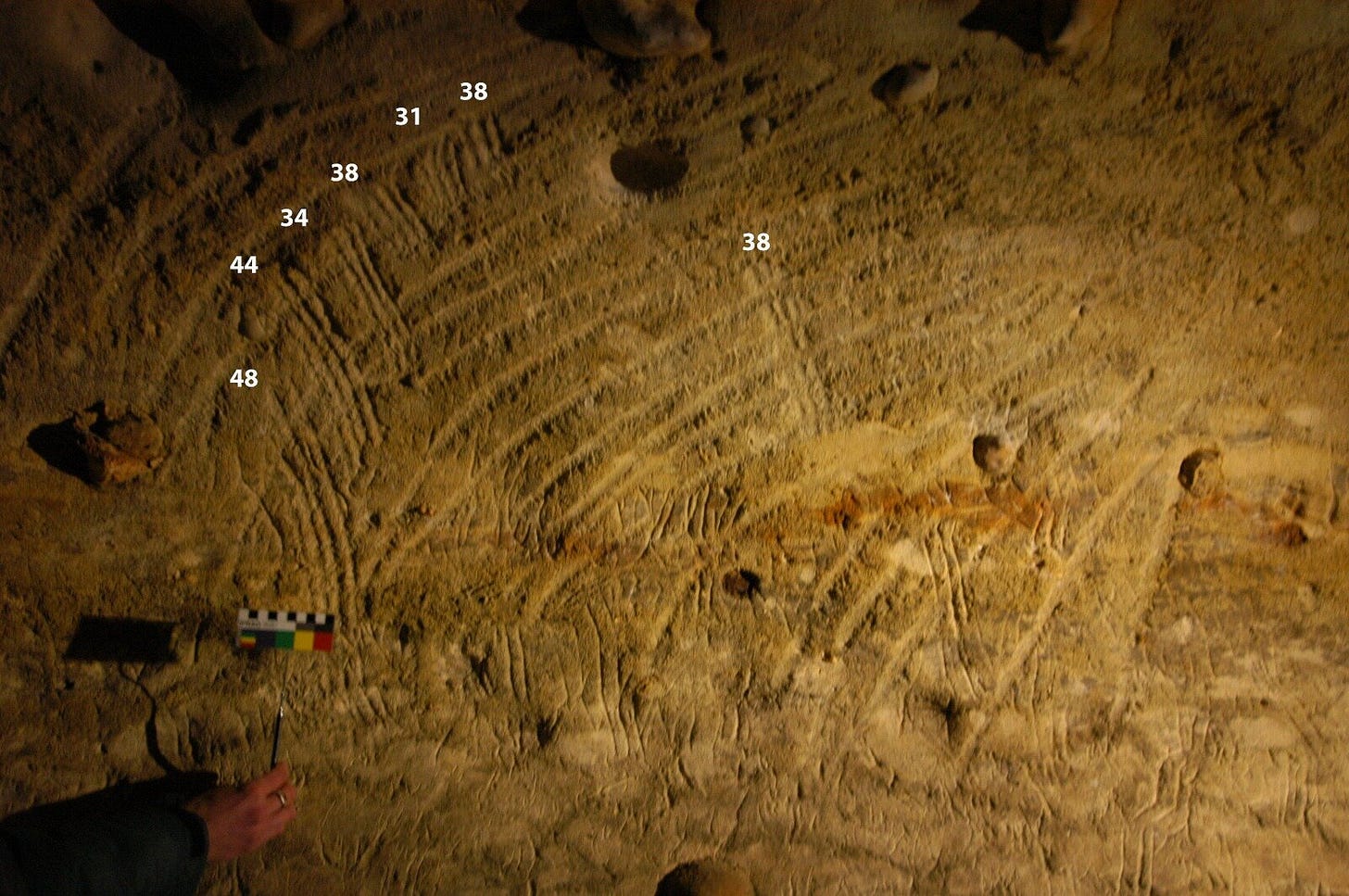
Children's Presence in Decorated Caves
The Franco-Cantabrian region, encompassing parts of modern-day France and Spain, is renowned for its concentration of decorated Paleolithic caves. In these sites, researchers have identified numerous child-sized hand stencils and finger tracings. The deliberate inclusion of such young participants in deep, often hazardous cave environments challenges conventional perceptions of prehistoric childhood. It suggests that these journeys were neither incidental nor purely educational but held profound cultural and spiritual significance.
Liminal Beings: Children as Mediators
In many indigenous cultures, children are perceived as liminal beings—occupying a threshold between the earthly realm and the spiritual world. Their recent arrival from the 'other side' and their unformed, flexible consciousness make them ideal intermediaries in rituals and communications with ancestral spirits. This perspective offers a lens through which to view the participation of children in cave art creation. Their involvement may have been integral to ceremonies aimed at connecting with cosmic entities, seeking guidance, or ensuring communal well-being.
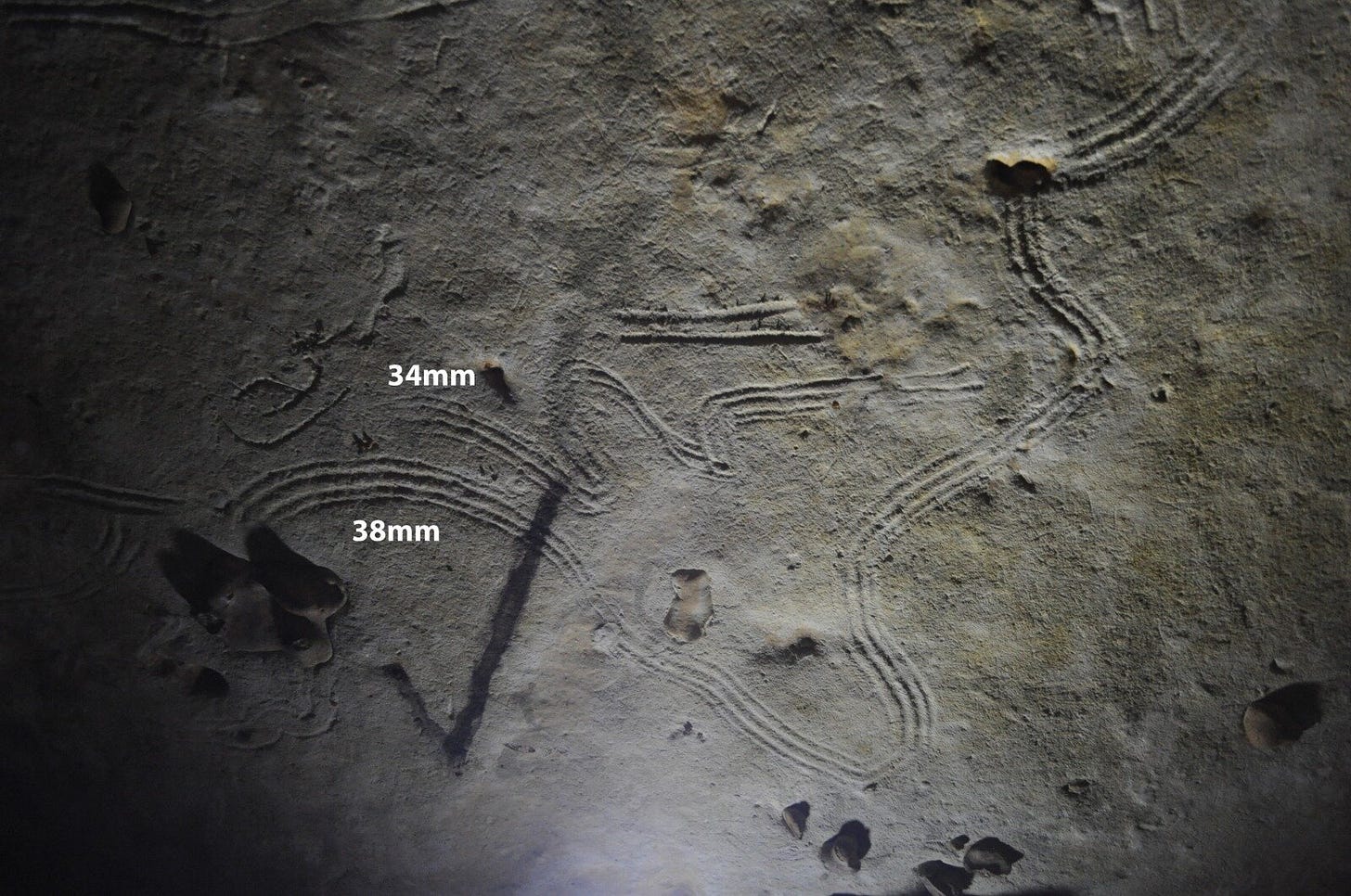
Dr. Ella Assaf, a prehistoric archaeologist, notes:
"The world of childhood differs from that of adults, and children possess a range of unique mental and cognitive traits. For this reason, indigenous cultures worldwide, throughout history and prehistory, have viewed children as 'active agents'—mediators between this world and the entities inhabiting the natural world, the underworld, and the cosmos as a whole."
Caves as Portals to the Underworld
Caves have long been regarded as sacred spaces in various cultures, symbolizing portals to the underworld or the womb of Mother Earth. Their depths were believed to house ancestral spirits and deities, making them ideal venues for rituals and artistic expressions aimed at bridging worlds. The act of venturing into these dark, secluded spaces, especially with young children, underscores the profound spiritual endeavors undertaken by prehistoric communities.
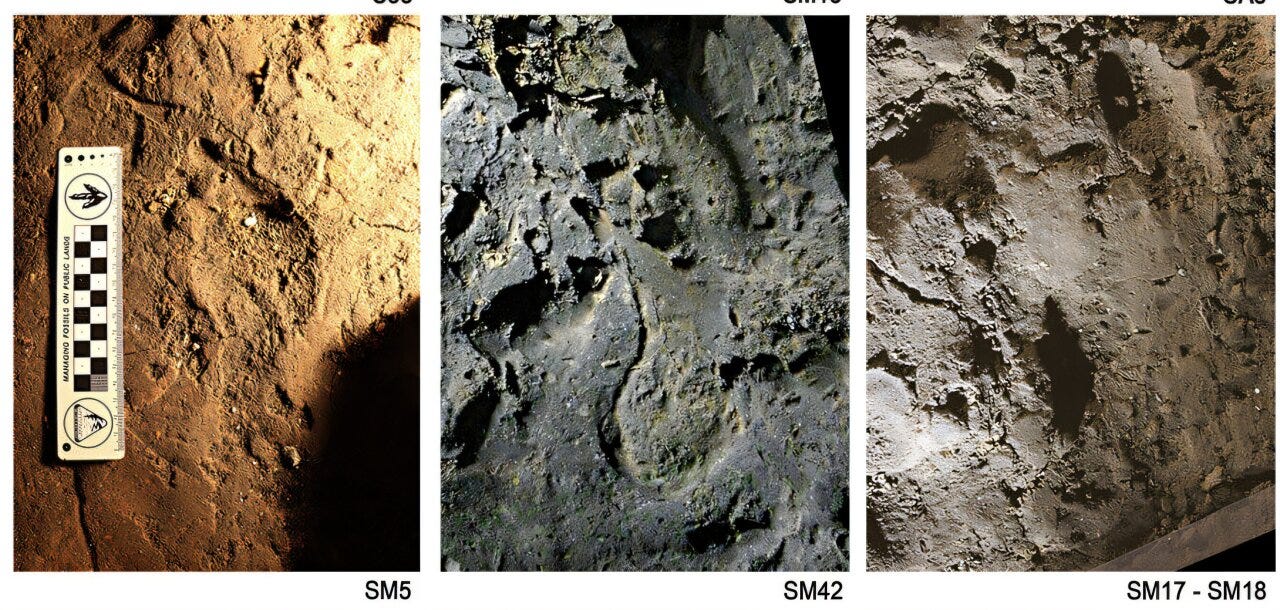
Implications for Understanding Prehistoric Societies
The active participation of children in creating cave art compels a reevaluation of social structures in Upper Paleolithic societies. It suggests that spiritual practices were communal affairs, transcending age and perhaps even individual status. Children were not merely passive observers or apprentices but played pivotal roles in the cultural and spiritual life of their communities.
Professor Ran Barkai emphasizes:
"Young children were perceived as liminal beings—belonging to both the realm they had left just recently (before birth) and the world they currently inhabit. Thus, small children were considered particularly suited to bridging the gap between the worlds and delivering messages to non-human entities."
Conclusion
The enigmatic presence of children's contributions in Paleolithic cave art offers a glimpse into the complex tapestry of prehistoric life. It reveals a society where age did not preclude spiritual significance and where the innocence of youth was harnessed to forge connections with the divine. As we delve deeper into these ancient artworks, we uncover not just the evolution of artistic expression but also the profound roles that every member of the community, regardless of age, played in shaping the human story.
Further Reading
For those interested in exploring related research:
de Beaune, S. A. (2022). "The Role of Children in the Upper Paleolithic: Evidence from Finger Flutings in French Caves." Journal of Archaeological Science, 137, 105542.MDPI
Cooney Williams, M., & Janik, L. (2018). "Learning Through Doing: The Role of Children in the Transmission of Cultural Knowledge via Participation in Rock Art." Childhood in the Past, 11(2), 103-119.
These studies provide additional insights into the involvement of children in prehistoric art and cultural practices.



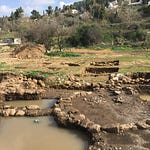

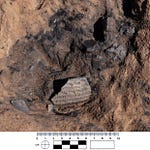
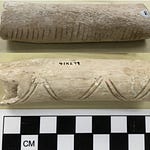
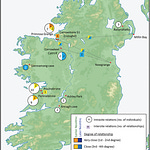

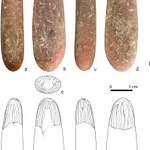

Share this post